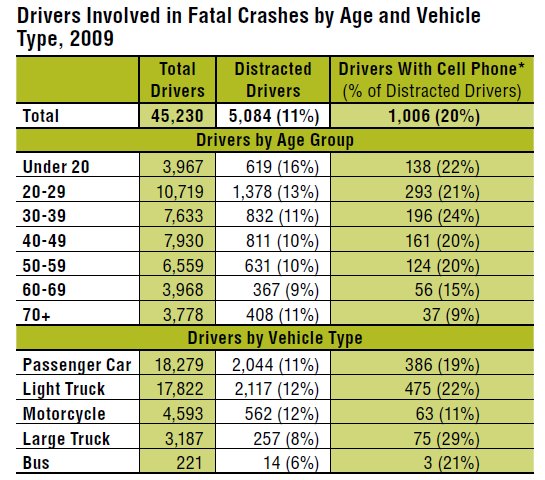Listen to an audio story by Annenberg Radio News
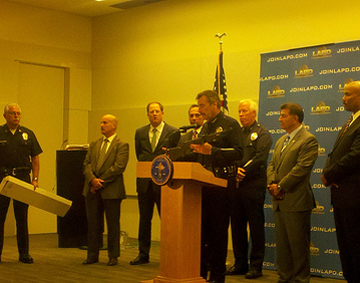 Los Angeles Police Department Chief Charlie Beck said Tuesday he was proud of the results from the second year of Save Our Streets, a three-month collaboration between South Los Angeles police officers and the FBI.
Los Angeles Police Department Chief Charlie Beck said Tuesday he was proud of the results from the second year of Save Our Streets, a three-month collaboration between South Los Angeles police officers and the FBI.
This summer, the task force solved 50 murders, 85 percent of them gang-related. They included the Christmas Day shooting of Kashmier James ,who was killed in front of her 3-year-old daughter, and the killing later that week of Taburi Watson a 14-year-old boy riding his bicycle.
LAPD Deputy Chief Pat Gannon said the program helped bring closure to families who otherwise might never find answers.
“The homicide detectives, they do what they do, they get out at all hours of the night, they pull their hair out trying to find witnesses and people to cooperate in investigations, and they do it for the families,” he said. “The bond that they actually have with these families is actually unbelievable. But there’s a lot more work to be done.”
That work includes nearly 1,000 more unsolved homicides, some dating back to 1978. South Los Angeles remains far from safe, as a deadly shooting Tuesday at Algin Sutton Park on Hoover Street illustrated.
But Beck, and Stephen Martinez, the assistant director of the FBI in Los Angeles, worry that the program might not be renewed for another year. It relies on hundreds of thousands of dollars in federal funds to pay FBI agents and allow LAPD officers to work overtime, as well as to support an effort to digitize years of records.
“It is a sad but true statement to say that our ability to solve crime is often hampered by lack of funds,” Beck said. “When we can get federal funds, and we can get federal support, we can make a lot of progress, as has been evidenced by this task force.”
Gannon said the LAPD could use the help.
“The work goes on,” he said. “With the resources, without the resources, we seem to get the job done. But having the FBI really puts a jump-start, a kick-start into some of the cases that may have fallen behind.”
Beck said he’s hoping for a decision on the funding within the next six months, so that the program could be re-instated for next summer.









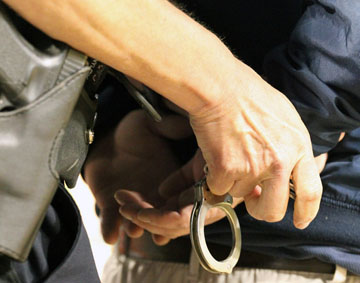 Police and FBI agents announced hundreds of arrests made as part of a three-month program called Save Our Streets.
Police and FBI agents announced hundreds of arrests made as part of a three-month program called Save Our Streets.
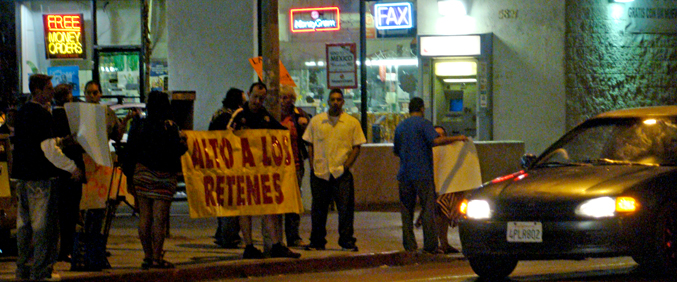
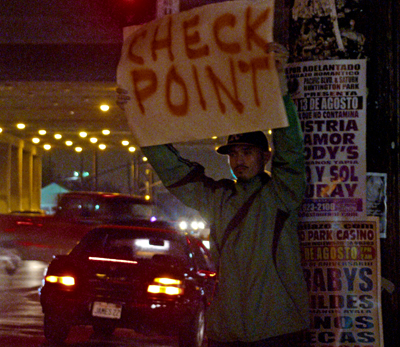
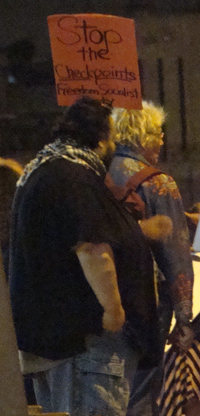 “We’ve very visible,” Gochez said. “They know we’re here.”
“We’ve very visible,” Gochez said. “They know we’re here.”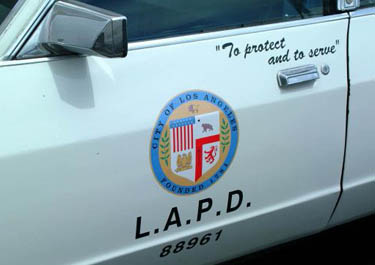 With the largest housing projects west of the Mississippi and 120 recognized gangs within 10 square miles, the Southeast Division of the Los Angeles Police Department (LAPD) is working harder than ever to keep children away from the gang culture.
With the largest housing projects west of the Mississippi and 120 recognized gangs within 10 square miles, the Southeast Division of the Los Angeles Police Department (LAPD) is working harder than ever to keep children away from the gang culture. 